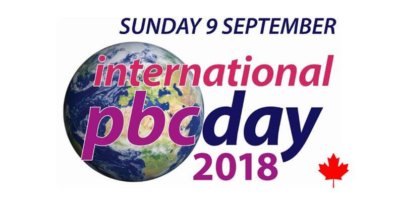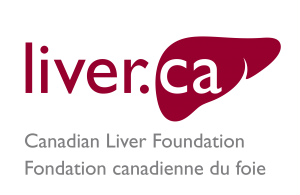International PBC Day

International PBC Day
Too many liver disease patients fall victim to the unknown. For many liver diseases, their causes, as well as effective diagnostics, treatments and cures remain unclear. This is the reality of rare liver diseases like primary biliary cholangitis (PBC). On International PBC Day, we want to put a face on this progressive liver disease so that we may work to recognize how to better diagnose, treat and cure it.
PBC is a liver disease in which the immune system attacks the liver over time, causing damage to the bile ducts. Bile is a yellow-green fluid produced by the liver to help with digestion, but when the bile ducts are destroyed, that fluid sits in the liver and causes both inflammation and damage. This process will eventually lead to the development of liver scarring (cirrhosis).

PBC is most common in women over 40 and can lead to liver transplants if it progresses to end-stage liver disease. While PBC is sometimes diagnosed in men, 9 out of 10 people with PBC are women between the ages of 40 and 60[1]. The cause of PBC remains unknown; with some evidence suggesting that it could be due to genetics, infections or environmental triggers.
Diagnosing someone with PBC can be difficult. Like many other liver diseases, symptoms of PBC can be confused with other conditions, some serious and some non-life-threatening. These symptoms include chronic fatigue, intense itching of the skin (also known as pruritus) and abdominal pains. Yet, 60% of PBC patients are diagnosed without symptoms[2].

PBC affects every patient differently, which is why it is critical for those living with PBC to be carefully monitored in order to observe how their disease is progressing.
Take Fay Simmonds for example. Fay was diagnosed with PBC in 2011. Her understanding was that PBC would be a deteriorating health journey that could last up to ten years. Instead, Fay and her family were shocked when in March of 2015, doctors told her that she was now in total liver failure and that she would not live without a liver transplant.

You can read more of Fay’s story on our blog post titled The Twists and Turns of a Life with Liver Disease.
PBC usually progresses slowly. Medication can slow its progression, especially if treatment begins early after the onset of the disease. It has been shown that early access to treatment can significantly delay the development of the disease. However, when treatments are no longer helpful, and liver damage and scarring have advanced to the point that the liver is no longer able to work properly, liver transplantation is required.

The PBC guide helps those living with PBC and their caregivers manage their symptoms and complications with practical tips. If you or someone you know has PBC and is struggling to live with its challenging symptoms, we invite you to download the PBC ‘Living With Your Diagnosis’ patient guide, produced by the Canadian Liver Foundation and PBC groups from around the world.
In honour of PBC day, we invite you to share this blog post and the stories and info above. Together, we can begin to make PBC a thing of the past.
[1] Pandit, Sudha. “Primary Biliary Cholangitis (Primary Biliary Cirrhosis).” Advances in Pediatrics., U.S. National Library of Medicine, 10 Oct. 2017, www.ncbi.nlm.nih.gov/books/NBK459209/.
[2] “What You Should Know about PBC.” PBC Society of Canada, pbc-society.ca/what-is/.



